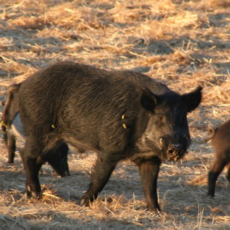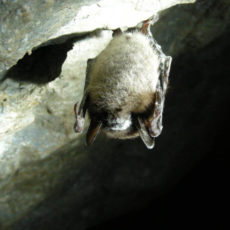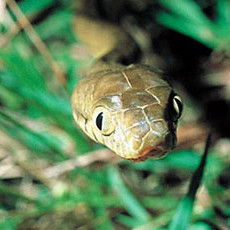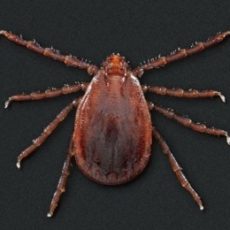There are thousands of non-native species in the United States, many of them invasive. The National Invasive Species Council provides information on invasive plants, animals, and aquatic species, as well as state-by-state information. Below are two examples of species that have already been established in the United States and two species that are emerging threats.
Already Established
While some potentially invasive species have been kept at bay, countless others have found their way into the United States where they are causing extensive ecological and environmental harm.

Feral hogs are highly adaptable and breed prolifically. They damage vegetation and soil by rooting and wallowing. They compete with native wildlife for food, especially nuts. Pigs also eat insects, worms, crustaceans, bird and reptile eggs, even small animals. Furthermore, feral hogs can carry human and animal diseases, including coliform bacteria, Giardia, African swine fever, and Pseudorabies.
Feral hogs’ spread has been assisted by sportsmen deliberately releasing them for hunting opportunities. States have been urged to classify feral hogs as harmful and illegal to possess, move, or sell in order to reduce the deliberate release of additional feral hogs. Using these legal mechanisms in tandem with a state-led eradication program, Colorado reported in 2020 that it had eradicated feral hogs from the state after a 20-year effort.

As of February 2020, bats with WNS have been found in 33 U.S. states and seven Canadian provinces. Thirteen bat species, including three threatened and endangered species, have been confirmed with white-nose syndrome in North America. Pd has also been detected in five additional states — California, Mississippi, North Dakota, Texas and Wyoming.
For the most up-to-date information about WNS, see whitenosesyndrome.org.
Emerging threats
A number of likely invasive species have made their way into the country but have not yet become widespread. Diligence, attention, and concerted efforts will be necessary to keep these species from becoming established.

The brown tree snake (Boiga irregularis) caused an alarming number of bird extinctions when it was introduced to the once snake-free island of Guam during World War II. If brown tree snakes become established in Hawaii, many endemic birds will likely disappear. The snake is particularly adept at stowing away on planes—a number have been found hidden away in landing gear after trans-Pacific flights. Ongoing efforts to prevent snakes from leaving Guam and from entering Hawaii have so far been successful.

